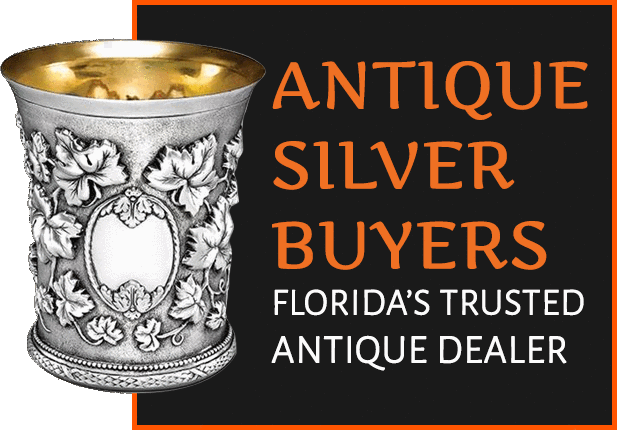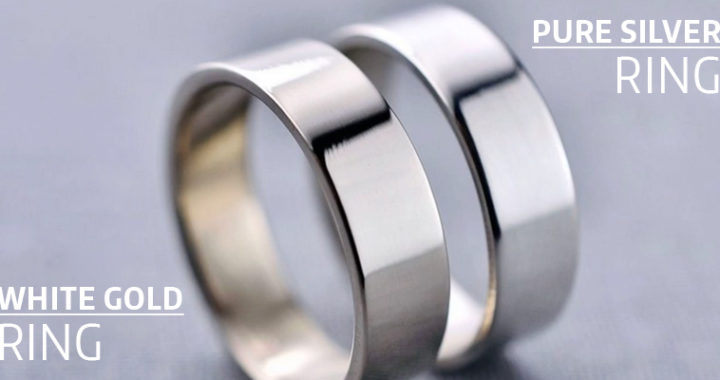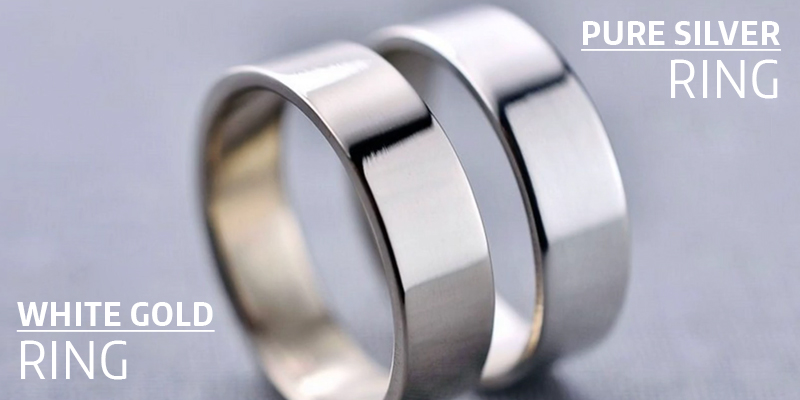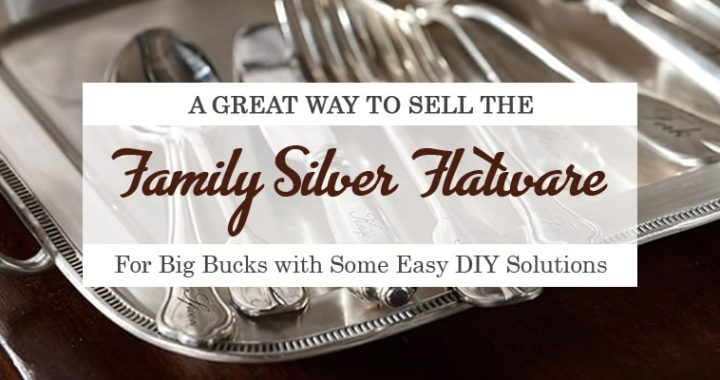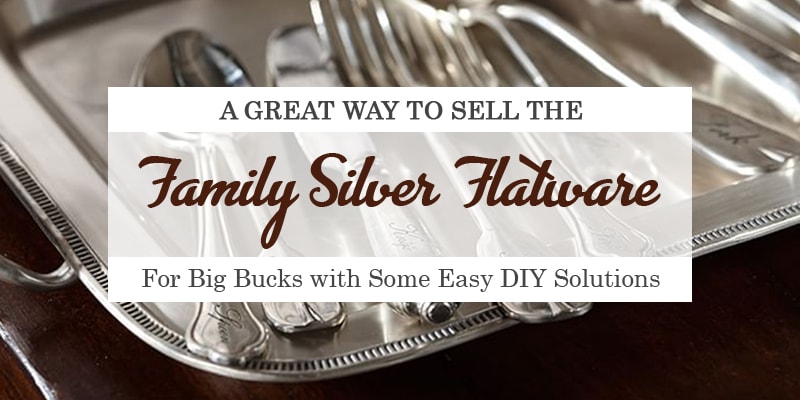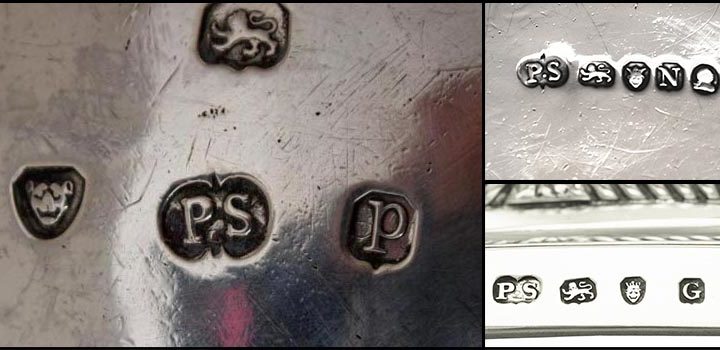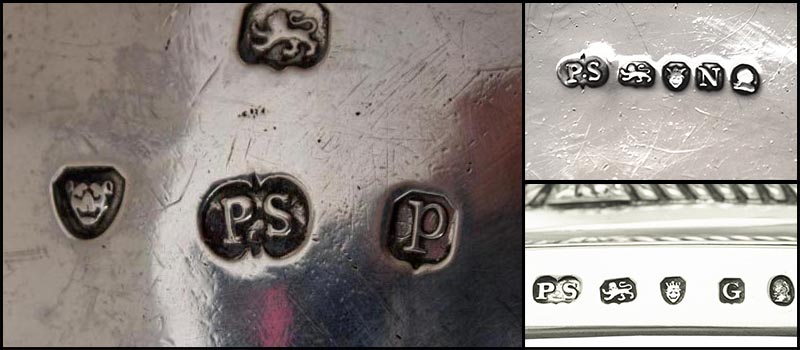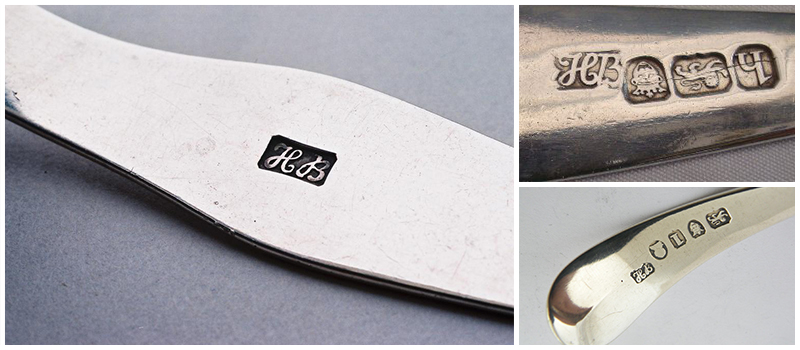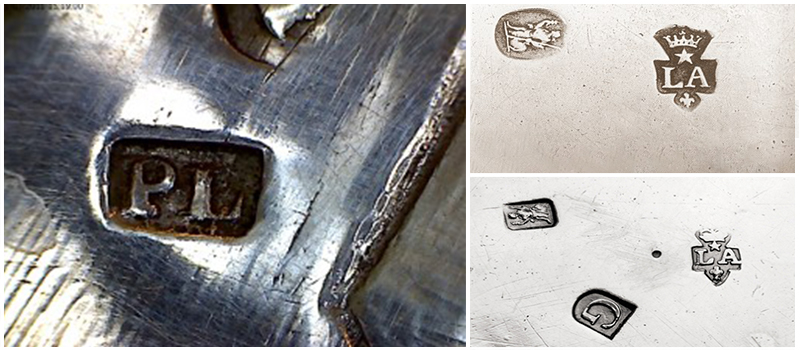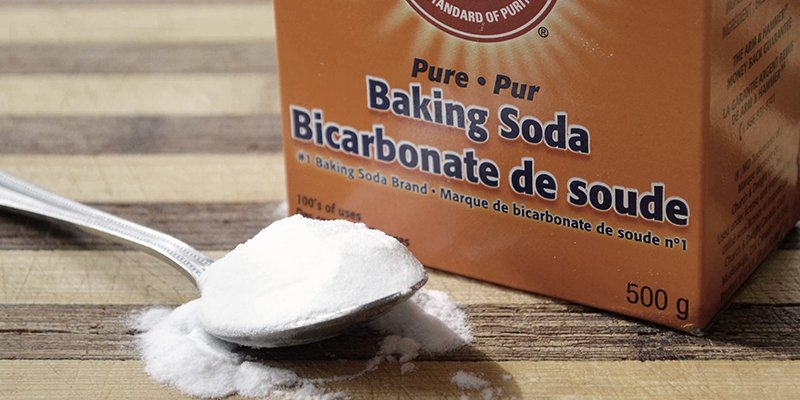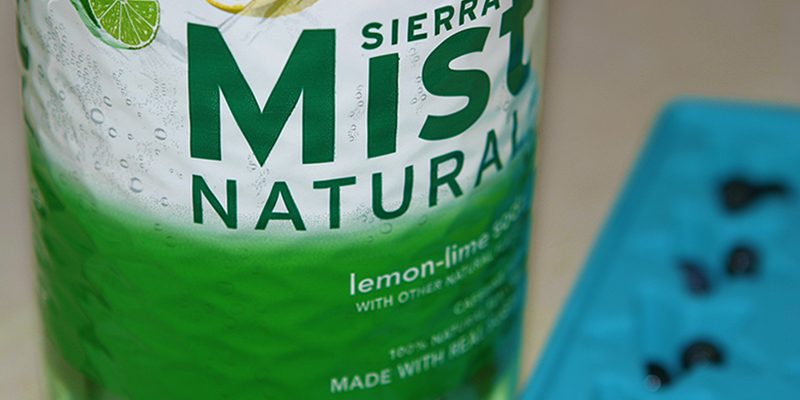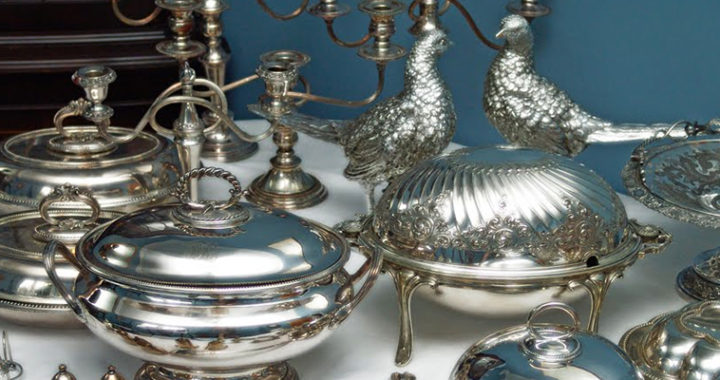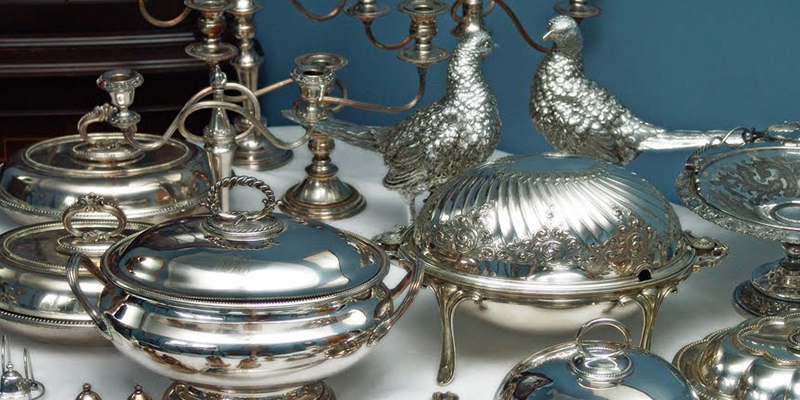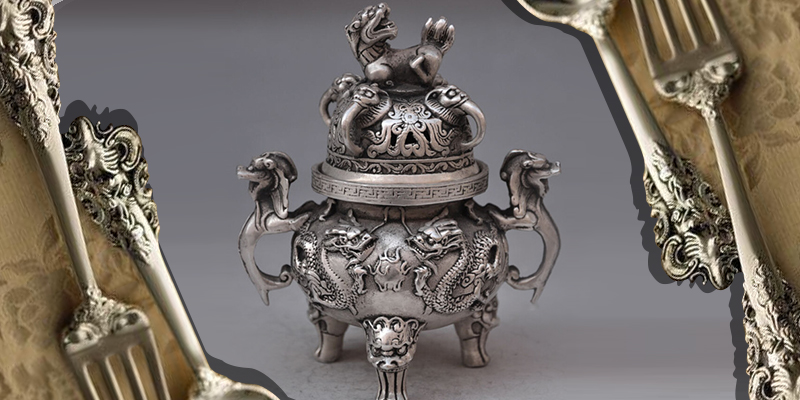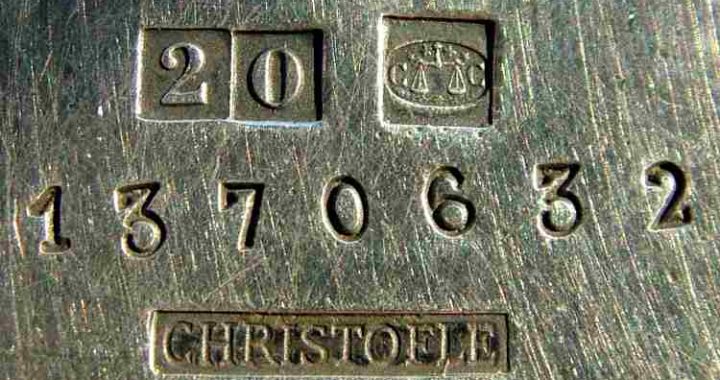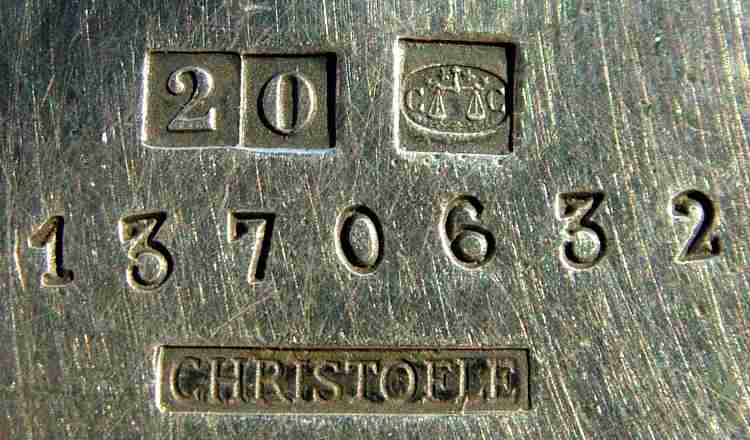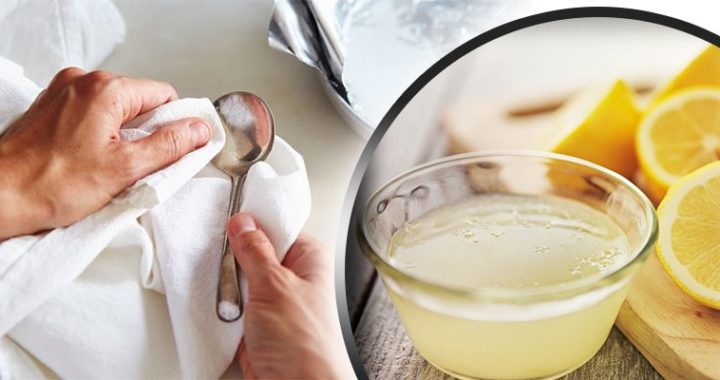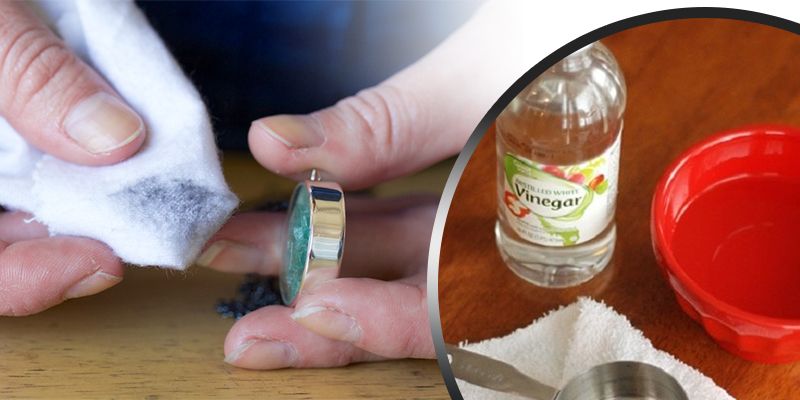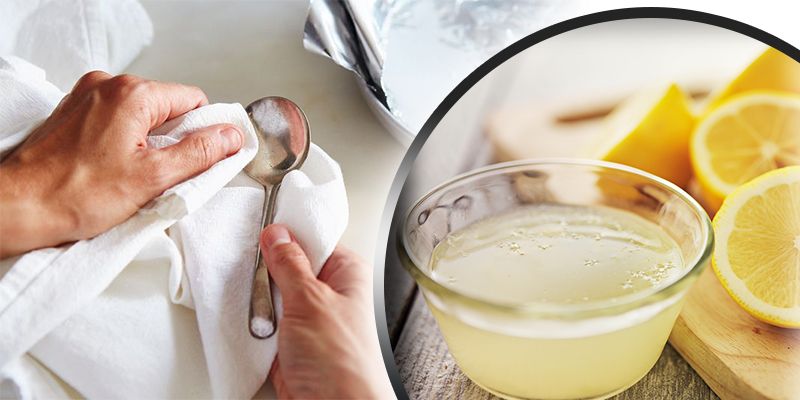If you’re a fan of oxidized silver earrings, also known as patinated or blackened sterling silver, you’re likely captivated by their unique and charming appeal. This specific process that gives silver its distinctive appearance also makes it prone to tarnishing over time, potentially diminishing its allure. Therefore, it’s crucial to learn how to properly maintain and preserve your oxidized silver earrings, ensuring they retain their unique charm for years to come.
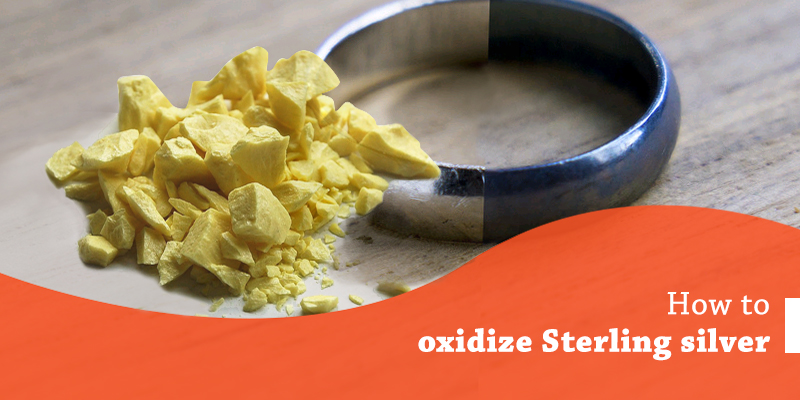
Oxidized silver is made from sterling silver, which is 92.5% silver and 7.5% other metals, usually copper. The intentional treatment it undergoes darkens the surface, creating a contrast with the polished silver beneath and giving the piece an antique or vintage aesthetic. Unlike fine silver, which does not tarnish due to its purity, sterling silver develops a patina over time because of exposure to air and environmental factors. It’s important to note that tarnish and patina are not the same. Tarnish is a dull, dark layer that forms on the surface of silver, while patina is a thin layer that forms over time, giving the silver a unique, aged look. Tarnish can be removed, but patina is a natural part of the aging process of silver and is often desired for its aesthetic value.
If you want to maintain the exquisite beauty of your oxidized silver jewelry and slow down the tarnishing process, here are some tips to follow:
#1. Storage and Protection: To prevent accelerated tarnishing, keep your oxidized silver jewelry in a cool, dark place away from direct sunlight. Store each piece of jewelry in a soft cloth pouch or box made from cotton, velvet, or microfiber to prevent scratches.
#2. Avoid Chemical Exposure: Chemicals found in everyday items such as perfumes, lotions, hairsprays, and makeup can speed up tarnishing. Try putting on your jewelry after applying these products to minimize exposure. Remove jewelry before swimming or using household cleaning agents such as bleach, ammonia, or vinegar, which can be harsh on oxidized silver.
#3. Regular Cleaning: Regular cleaning of your oxidized silver jewelry is a vital step in maintaining its exquisite beauty and slowing down the tarnishing process. This process not only removes oils, dirt, and other residues that can contribute to tarnishing but also helps to preserve the unique patina that gives your jewelry its character. Use a soft or silver polishing cloth to gently wipe the surface, avoiding harsh chemicals or abrasive cleaners that can remove the patina. Please note that cleaning oxidized silver can be a delicate process, and there is a risk of removing the patina or damaging the piece if not done correctly. Your regular cleaning efforts will ensure the longevity of your oxidized silver.
#4. Avoid Moisture: Moisture can contribute to tarnishing. To prevent the formation of tarnish, store oxidized silver with anti-tarnish strips, which are small strips of paper or fabric that contain chemicals that absorb moisture and other airborne pollutants. Alternatively, you can use silica gel packets to absorb excess moisture.
#5. Gentle Cleaning Methods: Use mild soap and lukewarm water to clean oxidized silver. To prevent the patina from being removed, use a soft brush or cloth when gently scrubbing. Rinse thoroughly and pat dry with a smooth, lint-free cloth.
Professional cleaning and maintenance are highly recommended for intricate or valuable pieces. A jeweler experienced with oxidized silver can guide you on proper care techniques, such as deep cleaning to remove stubborn tarnish, reapplication of the oxidized finish, or repair any damage. This option is particularly beneficial for heirloom pieces or those with sentimental value, ensuring their longevity and preserving their unique charm.
It’s important to note that the patina on oxidized silver is not a sign of deterioration but part of its unique charm. Unlike tarnish, a dull, grayish layer that forms on the surface of metals, patina is a thin layer that forms on the surface of oxidized silver, enhancing its beauty and character. Embrace the natural evolution of your jewelry as it develops a beautiful sheen over time. Each piece tells a story through its changing appearance, making it a cherished part of your collection. This natural aging process makes oxidized silver truly special, and it’s a process you can confidently embrace.
By following these maintenance tips, you are not just maintaining your oxidized silver jewelry, but you are also playing a crucial role in preserving its stunning appearance for generations. Your care ensures that these timeless pieces continue to captivate with their allure and distinctive character, adding elegance to every occasion. Whether you’re a collector or someone who appreciates its unique look, your knowledge of how to care for your pieces empowers you to help them retain their beauty and value, allowing you to enjoy the unique charm and beauty of oxidized silver in all its forms for years to come.
